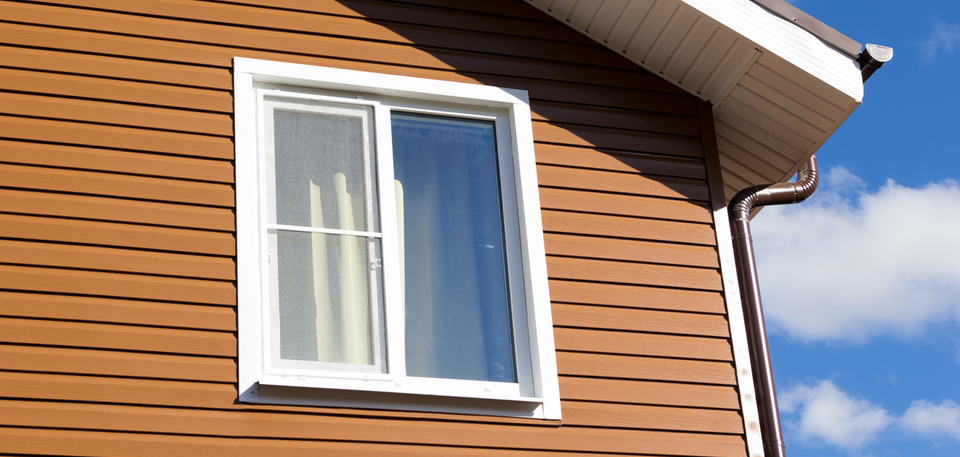James Hardie Fiber Cement Siding is composed of sand, water, cellulose wood fiber, and cement. All natural, non-toxic, renewable materials that make for a highly durable alternative to vinyl and wood siding products. Hardie board siding has been growing in popularity due to it’s natural resistance to rot, mold and fire ratings. Hardie board siding has been giving the relief many are looking for, low-maintenance and long-lasting, but does it measure up to its reputation? Or, is this just pure “Grade-A marketing” as usual?
James Hardie fiber cement siding is designed to last for up to 50 years against cracking, rotting, hail damage, termites and many other possible problems. All HardiPlank siding styles are engineered for several climate conditions to better withstand a home's particular weather challenges. Each style is backed by a manufacturer's 30-year non-prorated, transferable, limited warranty.
Replacing the siding on your home is not a simple process. It typically involves the complete removal of the existing cladding (siding or stucco), the installation of a moisture barrier and reflashing of all windows and doors before the new siding is installed. There are also some specific handling and installation techniques and tools required that are unique to fiber cement siding. For all these reasons, a siding project is typically not a do-it-yourself type of project – it should be reserved for contractors that are experienced in these techniques utilizing the proper tools.
Fiber Cement Siding has become a popular choice for homeowners in the last several years. Composed of Portland cement, sand, and sawdust it is very durable and virtually impervious to insects, not to mention non-combustible. Fiber cement is available as lap siding, vertical siding and as shakes. Fiber cement is designed to last a lifetime, resisting cracking, rotting, and hail damage.


